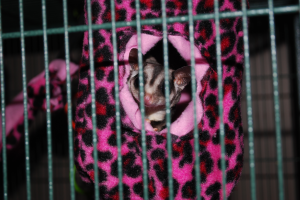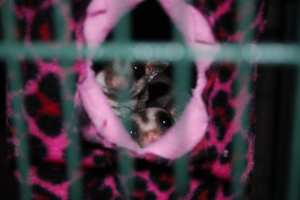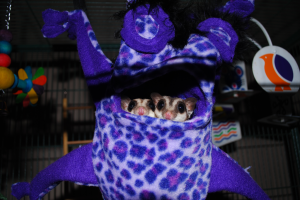Generally speaking, I’ve been involved in RPGs to one extent or another since I was around 11 or 12. While many people disparage them, thinking of them only in terms of Satan or nerd-dom, the reality is that I learned a great deal and expanded my horizons far beyond what would otherwise have happened.
I’ve played many different games, although I started out with the Basic and Advanced D&D books. I moved on to AD&D, Traveller, Space Opera, Boot Hill, Gamma World, and many, many others. I tend to identify myself as a geek, however, as I generally understand the inner workings of things, not just the rules and regulations associated with nerd-dom.
I’m an avid reader and RPGs only increased that vice (can reading be a vice?). Over many years, I learned a great deal from fantasy, sci-fi, and non-fiction. Much of what I learned was then expanded into further learning, often resulting in much deeper study.
As it happens, I’ve ultimately moved away from RPGs slightly as there is little time these days to engage in such activity. Truthfully, so many games exist these days that it’s a daunting task to take them all in. Frankly, some of them are crap anyway, but it’s hard to spot them sometimes without study. What amazes me is the number of games that seek to capture that D&D (Greyhawk, Original books, Red and Blue book), AD&D, or other feel. Many of the games seem to be devolving because the rules have become so overwhelming that people simply can’t deal with them. Of course, at $100+ for initial entry (basic book, monster book, and game master book) required for many games, it’s no surprise that people are backing up and re-thinking this concept. RPGs are great, but the companies tend to be blood-thirsty in their pricing.
More to come…


